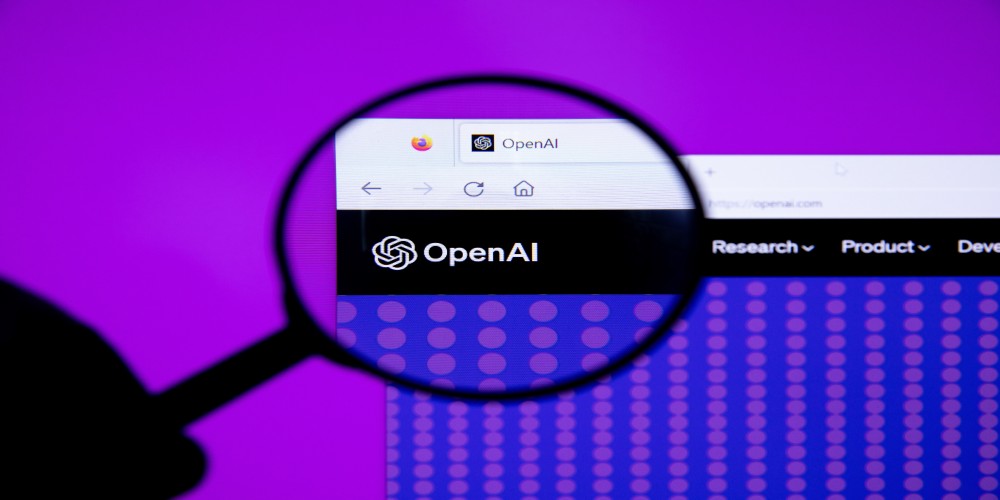
The incorporation of artificial intelligence (AI) in journalism has taken a significant leap forward with the strategic partnership established between OpenAI, known for its revolutionary ChatGPT, and one of London's premier news outlets, the Financial Times (FT). This collaboration showcases a profound shift in the media landscape, where technology and traditional news reporting begin to interlace, promising to unlock new potential for content creation and distribution. This pivotal move by both organizations exemplifies a combined effort to harness the capabilities of AI while recognizing the value and integrity of professional journalism.
The alliance between OpenAI and the Financial Times is not merely a content licensing deal but a robust commitment to exploring the possibilities of generative AI within the realm of news dissemination. The Financial Times, in emphasizing the significance of its award-winning journalism, sees this partnership as an invaluable gateway to early insights into AI's evolving role in content curation and relevance. In a dynamic where AI has been historically prone to producing inaccurate "hallucinations," the inclusion of high-caliber journalistic outputs for AI training suggests a potential for enhancing the reliability of generative AI responses.
OpenAI continues to deepen its relationship with respected publishers across Europe, underscoring the technological firm's understanding of the value behind accurate, transparent, and attributed information. With the Financial Times leveraging OpenAI's ChatGPT Enterprise product since early this year, the synergy is set to develop novel AI products and features with the express intention of elevating the experience for FT readers. With AI model training on a reputable news source, the expectation is to not only improve the quality of synthetic responses but to embed a layer of journalistic credibility previously absent in such platforms.
The strategic partnership between OpenAI and the Financial Times marks a watershed moment for the integration of AI within journalism. It heralds a future where technology and traditional reporting are not adversaries but collaborators in the pursuit of disseminating accurate, reliable information. As both organizations navigate this uncharted territory, the industry watches closely to gauge the impact on content quality, reader trust, and the broader journalistic landscape. This union symbolizes a commitment to innovation with a keen awareness of the editorial standards and ethical considerations incumbent upon the stewards of news and information in the digital age.









Leave a comment
Your comment is awaiting moderation. We save your draft here
0 Comments